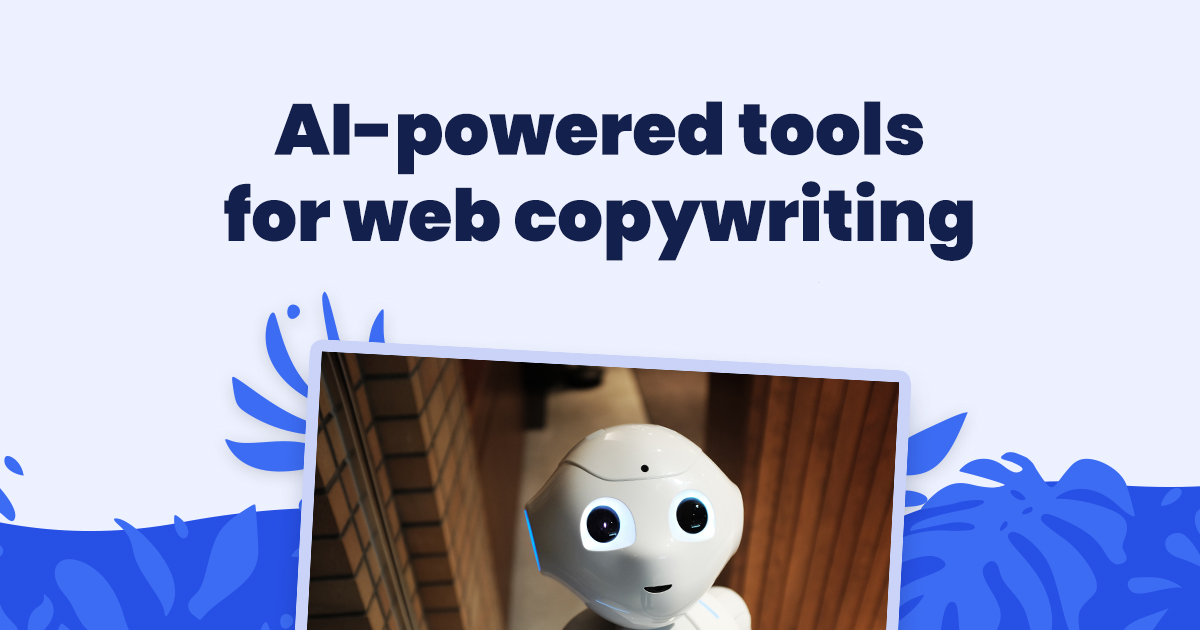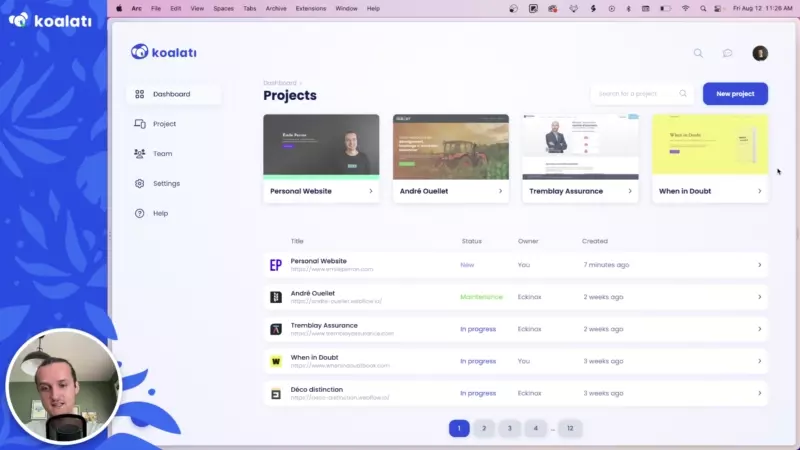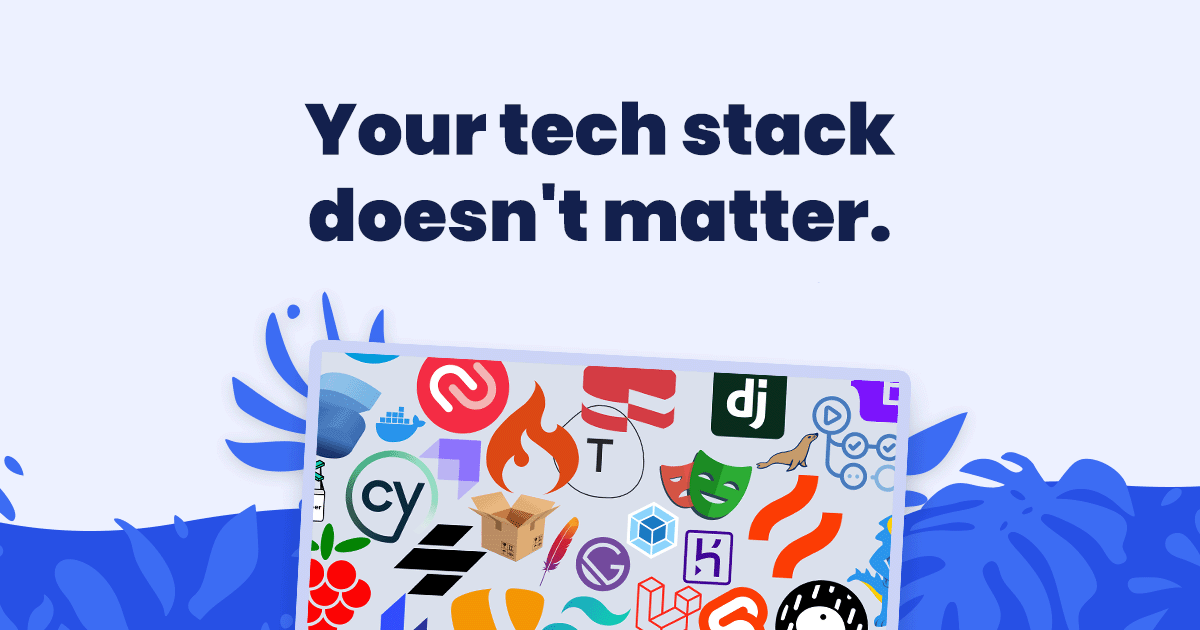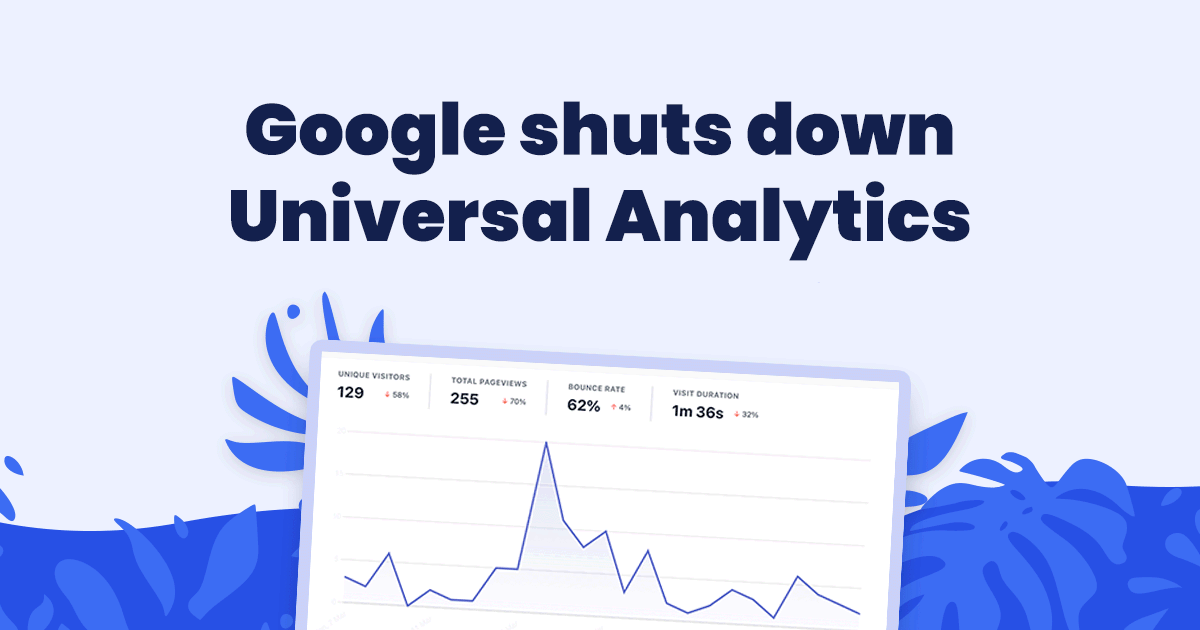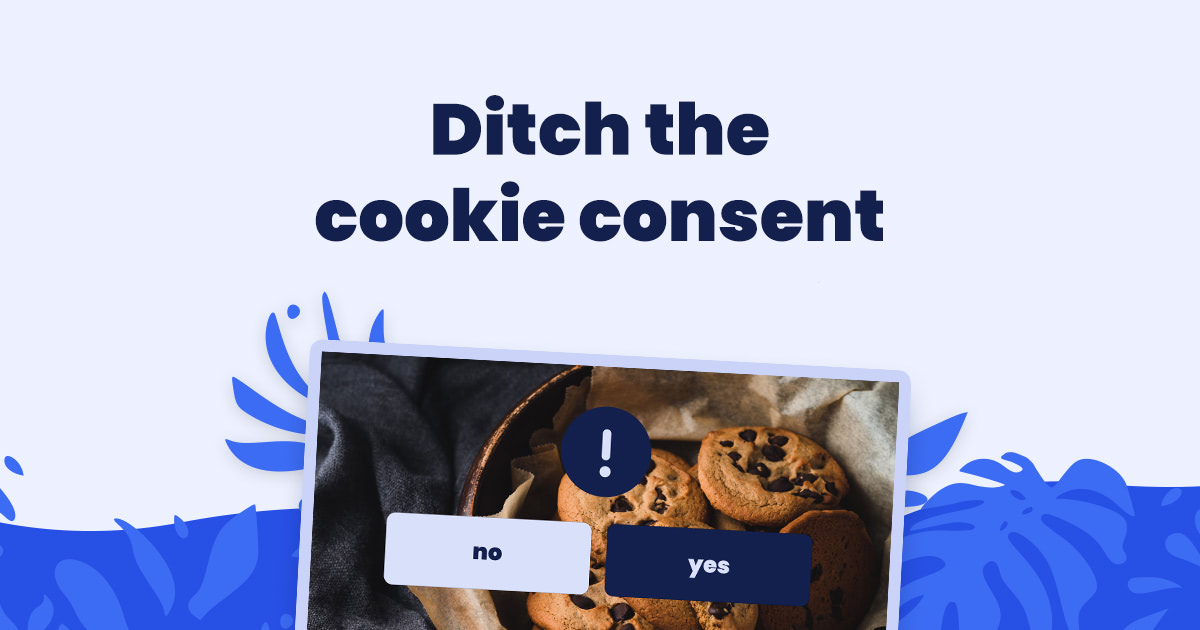There are lots of copywriting tools powered by artificial intelligence out there on the web. You might for example have heard of CopyAI or Jasper. These services leverage advanced AI language models to help folks like you and me generate content. Many companies use these services to help create marketing copy, blog articles, social media content, and much more.
AI has improved dramatically over the past decade, and the fact that these services are seeing real-world use is proof that it can truly be of help to web creators. However, these services still have one major limitation: they are not humans (at least, not yet).
In this article, we'll first explore the one major caveat with AI copywriting tools. Then, we'll dive into how these tools can help you produce high-quality content for just about all of your projects.
Before we start, however, we need to take a look at how these tools work.
How do AI-powered copywriting tools work?
To get started, you simply decide on the type of content you would like to generate. These popular tools offer a wide range of categories and content types to choose from: Facebook Ad Copy, Blog Outline, Landing Page Hero Text, Sales Copy, etc.
Then, you provide information about the content you want to generate. For example, you might be prompted to provide a short description of your product, or to pick the tone you'd like the content to convey.
Once that's done, the AI gets to work and generates dozens of pieces of content for you to read and sift through.
To do this, AI models have been trained using copy from millions of web pages, books, papers, and so on. For each piece of content, they analyze the vocabulary, word arrangements, tone, intent, and a ton of other things. Early on, the models are rather rudimentary, and make a lot of mistakes, but with a bit of tuning and a whole lot more data to analyze and train with, they eventually become really good at understanding what works and what doesn't.
Although this process is being worked on by incredibly intelligent folks in large companies with even larger budgets, there is still one major flaw with most of these AI models at the moment.
AI copywriting models don't really understand what they read or write.
As a web creator, you understand what your product does. You know what problem it solves, and you know how it helps people. There's a good chance you also know quite a bit about your competitors, as well as the general domain you're working in.
The AI models behind these copywriting tools don't have this level of understanding quite yet.
They have learned how different words relate to different concepts. They know how to use words in different context and arrangements. They can infer tone or intent from text. They can use specific words to convey a desired tone or intent. They know about homonyms, antonyms, syntax, spelling, and a multitude of other things that are essential to good writing. But despite all of that, they still lack one thing that holds them back.
AI copywriting tools lack a certain level of "human understanding". To demonstrate this, here is a real example from a popular copywriting tool.
I ran the tool to generate social proof text by specifying the product name "Koalati" with the following product description: "A website quality control application for web developers and agencies." Here is one of the suggestion from the first batch of results:
Koalati tracks over 27 million websites and provides detailed insights on their performance and user experience.
Although most of that information is correct, the actual statistic is way off the mark.
In similar tests, still using information about Koalati's web quality control platform as our input data, we've seen much more appalling results. Here is one of them:
What is the name of the product?
The name of the product is KeyMe
How would you explain this product to a five year old?
I would explain this product to a five year old by saying that It is a website where you can scan your keys, and if they don’t make it to you in time, they will make an exact key to replace it
What are the unique aspects of this product?
The 3 unique aspects of this product are:
1. It replaces lost keys
2. It is affordable
3. You can have it shipped to you in one day (if your missing a key)
Who are the target audiences of this product?
The target audiences of this product are:
1. People who always lose their keys
2. People who want to be awesome (like Batman with his utility belt)
3. People who like tech gadgets and having things quickly done for them
What is the call to action on this website?
The call to action on this website is ""Get your free quote"".
This means that first, you tell us how many keys that you want your replacements for.
Second, we will let you know how much it will cost.
Third, you pay for
As you can see, the copy has absolutely nothing to do with our service. Heck, it even includes the name of another company!
Any human reading this would know this has nothing to do with our product, but to the AI, it still seemed like a potentially good result as it contains words that relate to Koalati: "website", "scan", "product", "free", "time", "ship", "tech" and "call to action".
This is a great example of AI's flaws regarding human understanding and meaning. Yes, similar words are used, but the emphasis is not on those words, and these words are often in vastly different contexts.
Can AI really be useful if it doesn't understand meaning and relevance?
Absolutely!
You will simply need to sift through the different results generated by these tools and to fact-check the information they include, to ensure that they are factual and relevant to your product or website.
You may also need to change some words to ensure that the copy fits with the tone or voice of your organization.
Although AI-powered copywriting tools still have a way to go before they can spit out perfect content 100% of the time, they can still generate good content most of the time.
In fact, we found that AI-powered copywriting tools excel at:
- Generating short-form content like social media posts or meta titles and descriptions.
- Generating outlines for long-form content such as blog posts.
- Rewriting sentences and paragraphs that you aren't satisfied with.
- Coming up with ideas and inspirations for new pieces of content.
- Translating content into other languages.
Here's what one of the CopyAI users we talked to for this piece had to say about it:
As a solo founder, using CopyAI is like having two extra hands. It has been extremely helpful to me, cutting down on the brainstorming time for my pages and product descriptions. I was able to complete a month's worth of work in less than a week thanks to CopyAI!
Marty Est
Founder of RENTBase Software Co.
So, let's take a closer look at the five aspects we just mentioned to discover how they can help you write better copy faster.
Generating short-form content
If you need to generate content for meta titles and descriptions, ad copy, social media posts, blog post titles, or even email subjects, AI-powered copywriting tools can suggest a bunch of different ideas, styles, and content variants in just a few seconds.
With a bit of luck, you might get copy that you can use right away without having to change anything. If you're not so lucky, you will still be presented with a list of suggestions. These suggestions can often be a good jumping-off point, or they can spark a new idea.
Generating outlines
Although the tools cannot write entire pages or blog articles for you, they can be quite useful when it comes to generating outlines.
By simply inputting your article's title and a short description of what you'd like the article to be about, these tools can generate multiple variations of outlines for your blog post.
Once again, some results will be good enough to be used as is, while some others will need a lot of updates to be of use (or simply won't cut it at all). But in any case, this is a great way to get inspiration or a preliminary outline to get started with research and copywriting.
Rewriting sentences and paragraphs
In my opinion, this is one of the most useful set of tools that AI-powered copywriting products have to offer at the moment.
No matter your copywriting skill level, you can use your existing content or start writing content by yourself, and input it into the various rewriting tools. More often than not, the tools will manage to extract the core of your content and will spit out high-quality variations, even if your original version was incomplete or riddled with typos and syntax issues.
Another big selling point of these tools is that they make it much easier to adapt your existing content for new use cases. By using the AI-powered tools to change the tone and simplify or rewrite your sentences, you can end up with new variants of your content that are well suited for new audiences.
For example, you could use them to convert serious and professional content from a LinkedIn company post to casual copy that can be shared on Instagram, and then into a witty version you can post on Twitter.
We also suggest you try inputting your favourite suggestions from other tools into rewriting tools such as "Sentence Rewriter", "Simplify Sentences" or "Tone Changer" or "Rewrite with Keywords" to generate more variants and ideas.
Coming up with ideas and inspirations
As we've pointed out before, all of the tools provided by AI-powered copywriting services generate results that can be used as jumping-off points and inspiration.
However, these services also include brainstorming and ideation tools. For example, CopyAI currently offers the following ideation tools:
- Growth Ideas
- Name Generator
- Next Product
- Startup Ideas
- Viral Ideas
The ideas these tools provide aren't always the most original, as the AI models rely on training with existing content. However, they can definitely be of use.
For example, using the Growth Ideas tool for Koalati suggested the following ideas (amongst others):
- Build a marketing funnel that offers a free tool on the homepage.
- Create a free trial which is offered for a limited period of time.
- Ask your users to share their test results publicly.
- Set up a referral and affiliate scheme on Koalati.
Although these are not "new" ideas, they are still good ideas that offer a good amount of growth potential. Overall, these tools are worth trying out during your brainstorming sessions.
Translating content
Although this is not an advertised feature on any of the popular tools websites, their rewriting tools can be used to translate your content into different languages much more adequately than Google Translate or any other popular translation tool we've tried before.
For example, CopyAI allows you to define an output language that differs from the input language. That means you can input your english content into the sentence rewriting tool and have it generate French versions of that content. This works for all 25 of the currently supported languages!
Unlike most translation tools out there, the AI model does not try to translate each word or expression one by one. Instead, they infer the context and intent of your original copy, and simply generate new variants of it in the new language. That means you don't end up with half-baked translations where a saying in one language was translated verbatim and now makes no sense at all.
The main downside to this approach is that the AI is attempting to generate variants, so the results might not be perfect matches for the original content. So although it does a rather fine job in most situations, you should still review the translated copy to ensure it says what you want it to say.
Summary
In summary, AI-powered copywriting tools like CopyAI can be incredibly helpful to generate copy for your websites and products, to help brainstorm and come up with content ideas, and to translate content into different languages. You just have to make sure you review the copy thoroughly to ensure that the information it contains is factual and that it matches your brand's tone and voice.
And although they are incredibly powerful, remember that copywriting tools are just that — tools. When creating content, always keep your users' interests in mind. AI can generate a ton of copy for you, but you should always keep it as clear, simple and straight to the point as possible to give your users the best experience possible.
Although Koalati receives a percentage of the purchases made by visitors who follow one of our affiliate links, this is not a sponsored post. The companies and products that are presented, linked to and/or endorsed in this article are there based on merit, on product research by Koalati, and by our experience. As an ethics driven company, we aim to inform and help our visitors and users to the best of our ability, without bias or external incentives.
